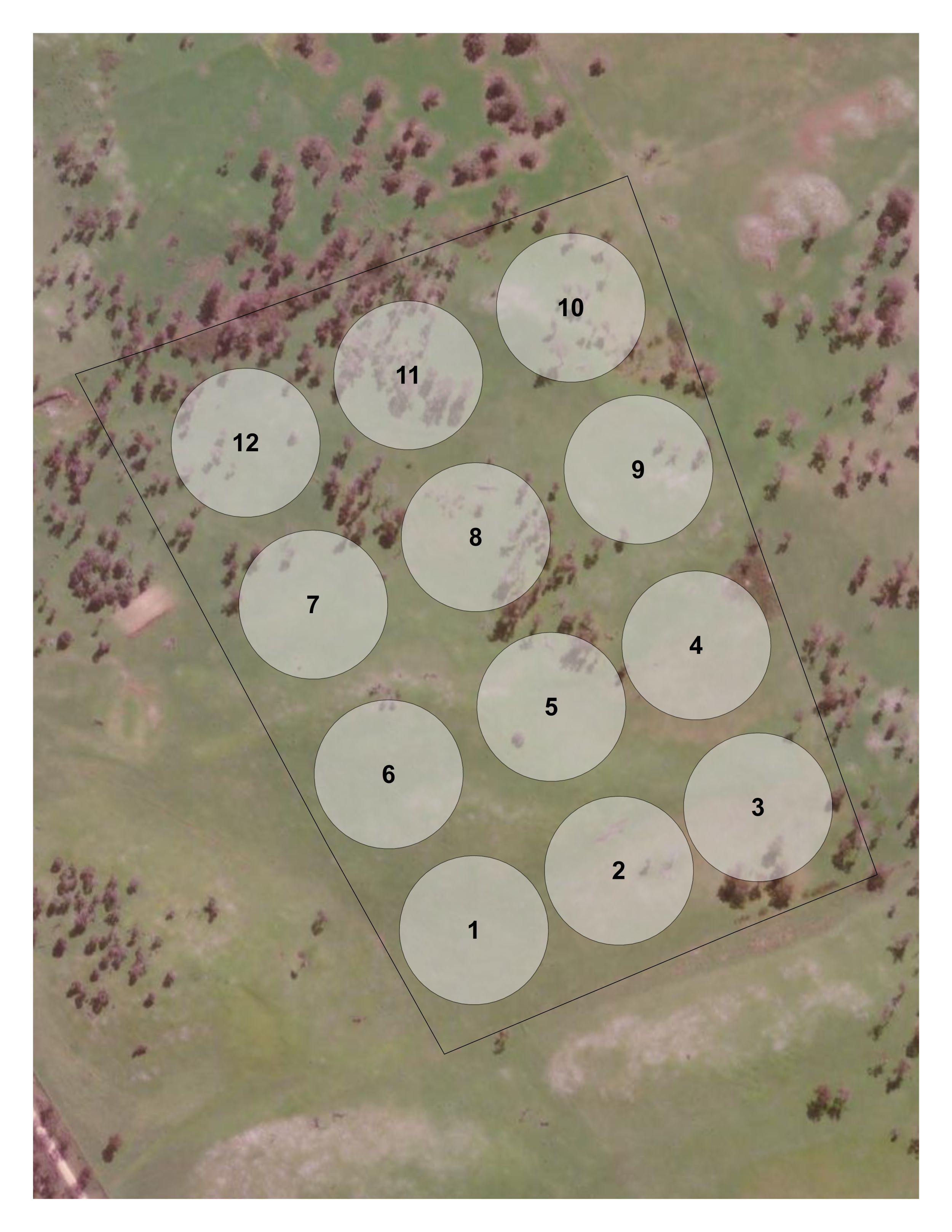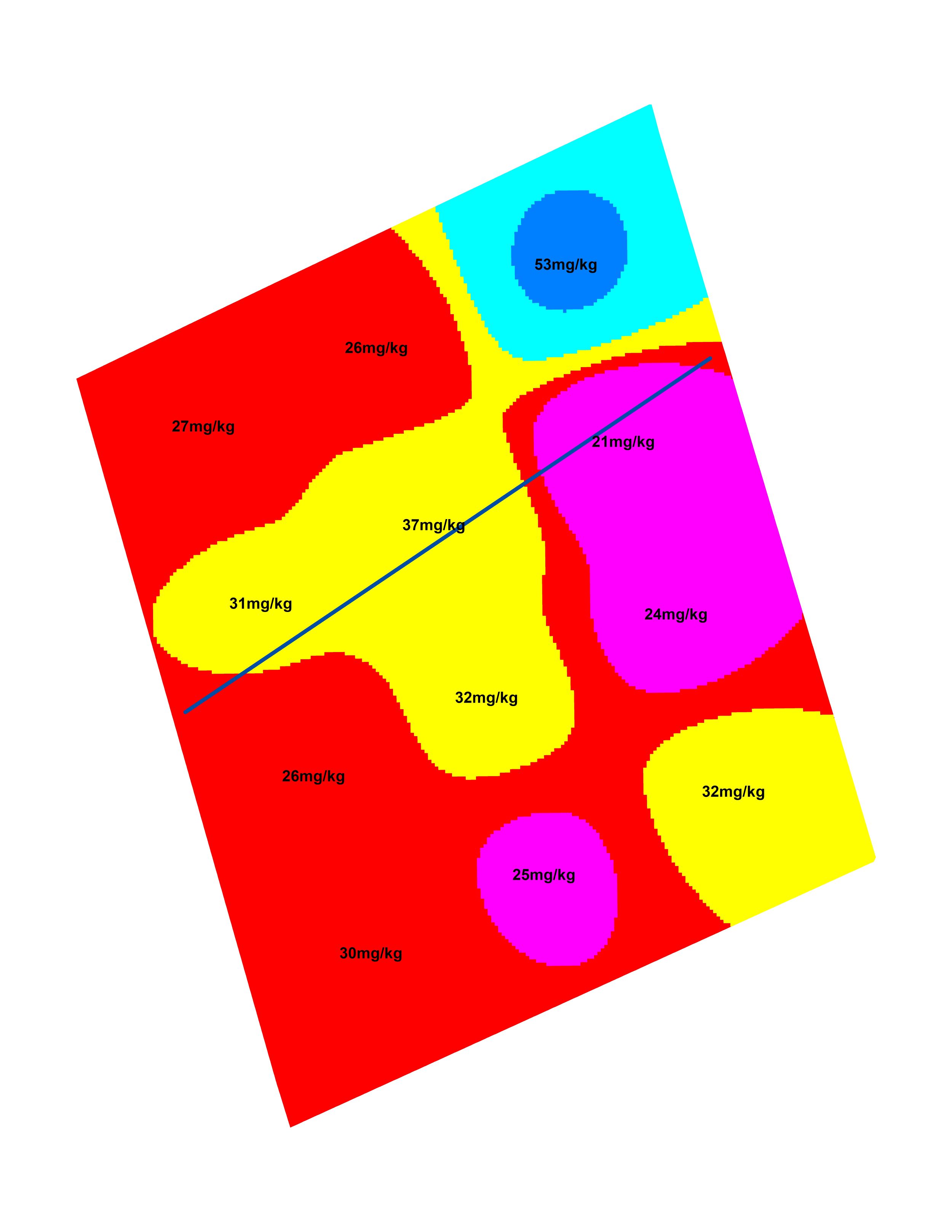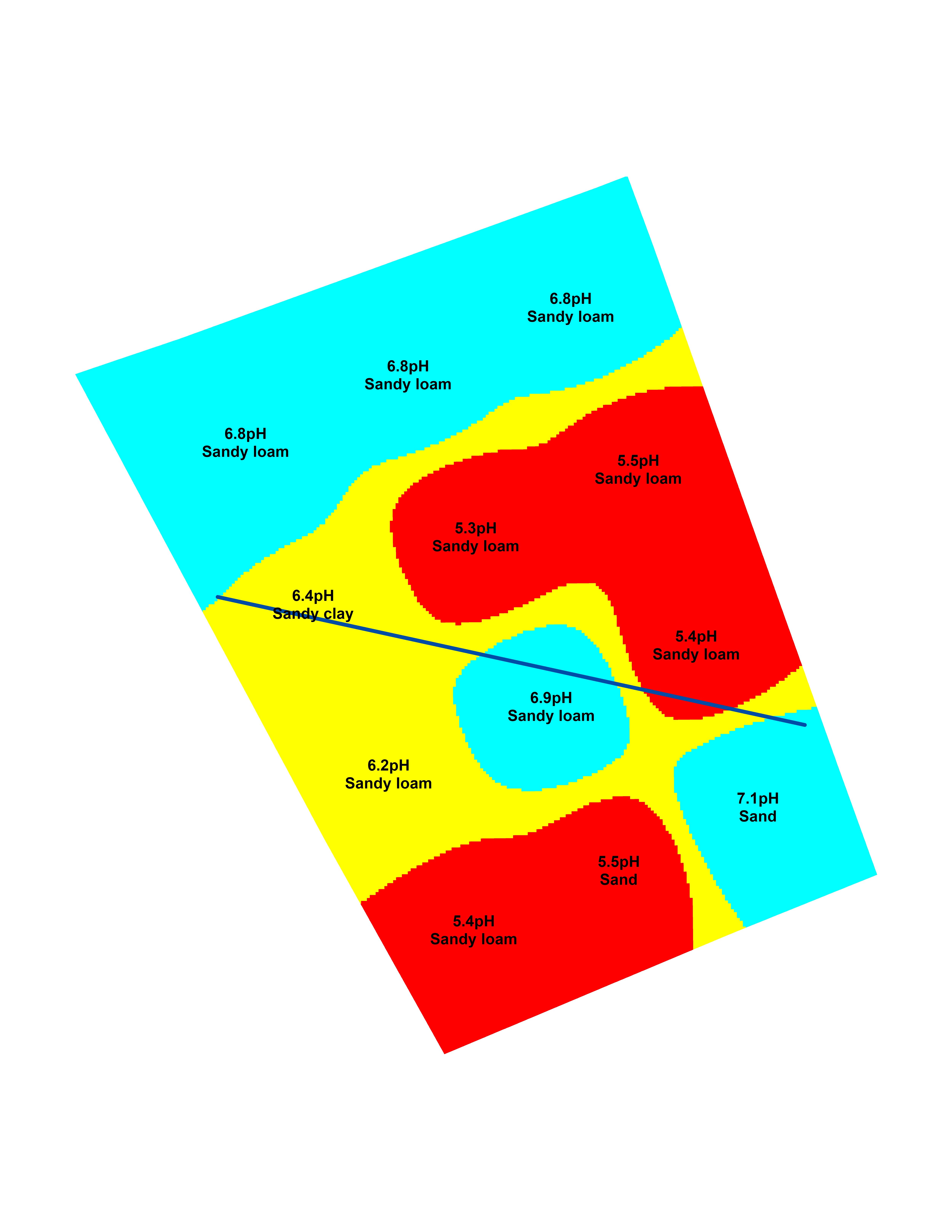Stock Journal Feature article - November 2023
Author: Tim Prance, T Prance Rural Consulting
Key points
- Soil sampling is essential for fertiliser planning
- Soil testing is meaningless unless the correct rules are followed
- Soil analysis is best used for pH, P, K and S but not trace elements
- Soil sampling in 2 ha zones can help to identify extreme soil variability common in high rainfall pasture paddocks
- At least three consecutive soil tests in the same paddock are required to establish a trend.
Fertiliser is the major cost for livestock properties in the high rainfall permanent pasture zone in SA, but is also a major determinant of pasture productivity and quality resulting in additional livestock productivity and $/ha farm profit. Therefore, adequate annual fertiliser applications are essential, but at the same time, you don’t want to spend more money than is necessary by applying more fertiliser than is required or by applying the wrong type of fertiliser.
A soil testing survey of 219 paddocks across 91 properties in the Adelaide Hills and Fleurieu Peninsula several years ago showed:
- Nearly a third of the paddocks contained more phosphorous than was required.
- Nearly a third of the paddocks contained much less phosphorus than was required for optimal pasture productivity.
- Two thirds were low in sulphur.
- 10% were low in potassium.
- Half the paddocks required lime.
Soil testing is a cost-effective method of establishing how much, and the best type of fertiliser and lime, to apply to your farm. However, there are some rules to follow.
Your soil test results will be based on a laboratory test from 2 grams of soil, but this 2 gram sample has come from a paddock containing 30,000 tonnes soil in the top 10 cm (assuming a 20 ha paddock). Therefore, your soil sample should
- Consist of at least 30 separate cores.
- Be collected at the same time each year, preferably in November/December when the soil is dry.
- Be analysed by the same soil testing laboratory.
- Be collected along the same grid referenced transect or in grid referenced 2 ha zones.
- Be collected to the same depth which is 10cm.
Soil testing responses in pastures have only been established for soil pH, salinity, available phosphorous, sulphur and potassium. You should use plant analysis testing for trace elements such as copper, zinc and molybdenum.
There are significant seasonal variabilities in soil test results even if you sample dry soils at the same time and the same depth, along the same transect, because remember, only 2 g soil is tested from a paddock containing 30,000 t soil. Therefore, soil testing will be more useful if you select a small number of paddocks from your farm for soil sampling, and re-test these every two to three years, because at least three soil tests will be required to observe trends, especially if you are using your soil analysis to monitor fertiliser usage.
This doesn’t make soil testing meaningless. What this means is that you are required to follow the rules otherwise the results will be meaningless!
Pasture soil sampling is much different to sampling cropping paddocks, because livestock, especially sheep, move nutrients extensively within a paddock. As a result, some high rainfall graziers are now sampling pasture paddocks in two hectare zones in addition to regular sampling along a transect (Image 1).
Results from sampling Colwell phosphorus and pH in two paddocks in the southeast of SA show the variability of results depending on the method of sampling – zones or transect. These results clearly show that using zone soil sampling will also help to more accurately place soil sampling transects to enable effective monitoring of a farm fertiliser and lime programme using soil tests.
Map 1 shows average soil phosphorous across all the zones was 30 mg/kg whilst the average along the soil sampling transect (blue line) chosen according to soil type and topography was 26 mg/kg. The ideal level was between 31 and 35 mg/kg, depending on PBI (phosphorous buffering index). Soil phosphorous levels within the 12 zones varied from 21 kg/kg to as high as 53 mg/kg.
Map 2 average pH across all the zones was 6.2 whereas the average along the transect was 7.2. pH levels within the 12 zones varied from 5.3 up to 7.1.
Clearly the soil results will vary considerably according to the positioning of the sampling transect, hence zone soil sampling can be used to determine the best transect position.

Image 1. Some producers are sampling in two hectare zones in addition to regular sampling along a transect
Map 1 showing average phosphorous and location of soil sampling transect
Map 2 showing average pH and location of soil sampling transect





